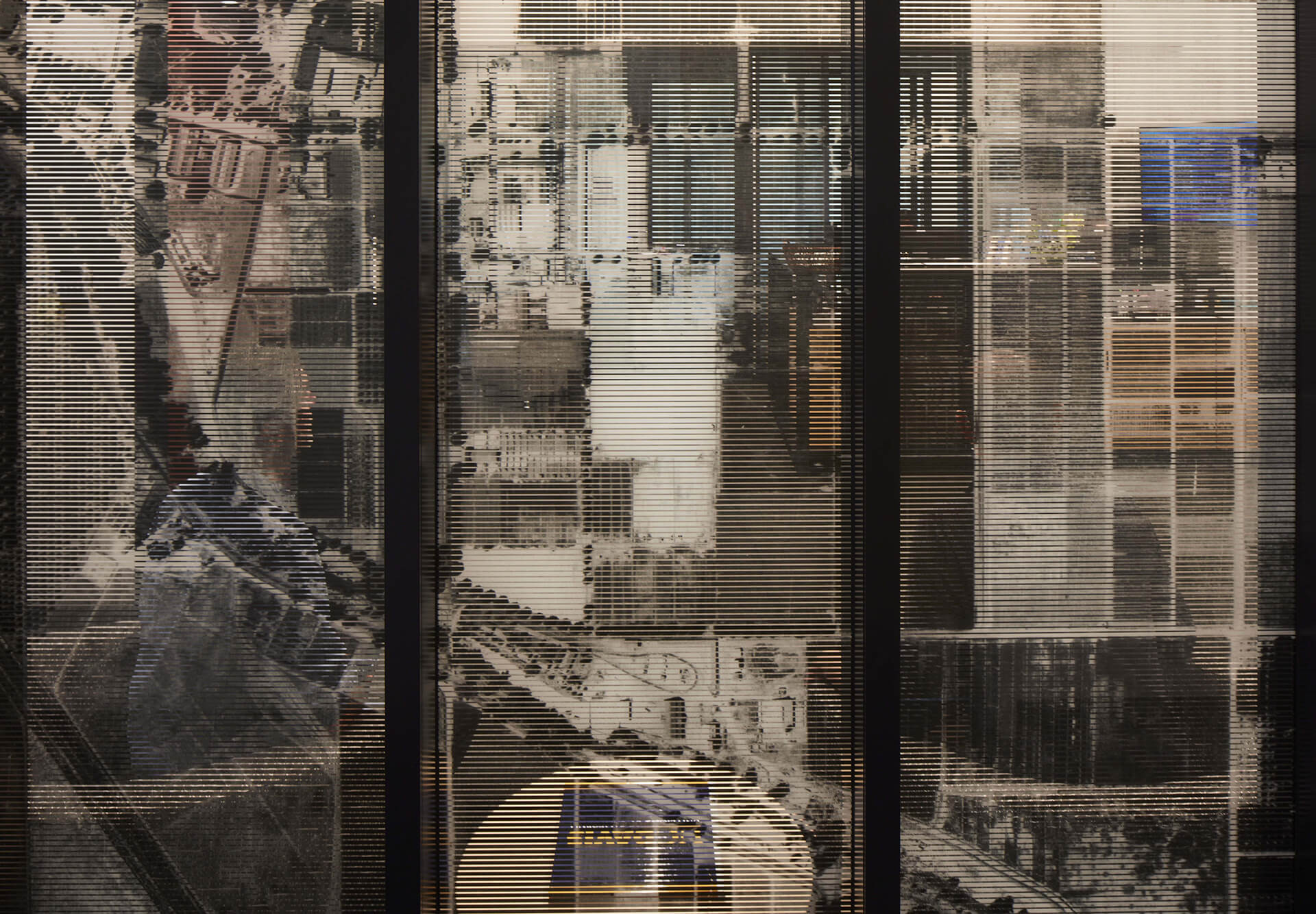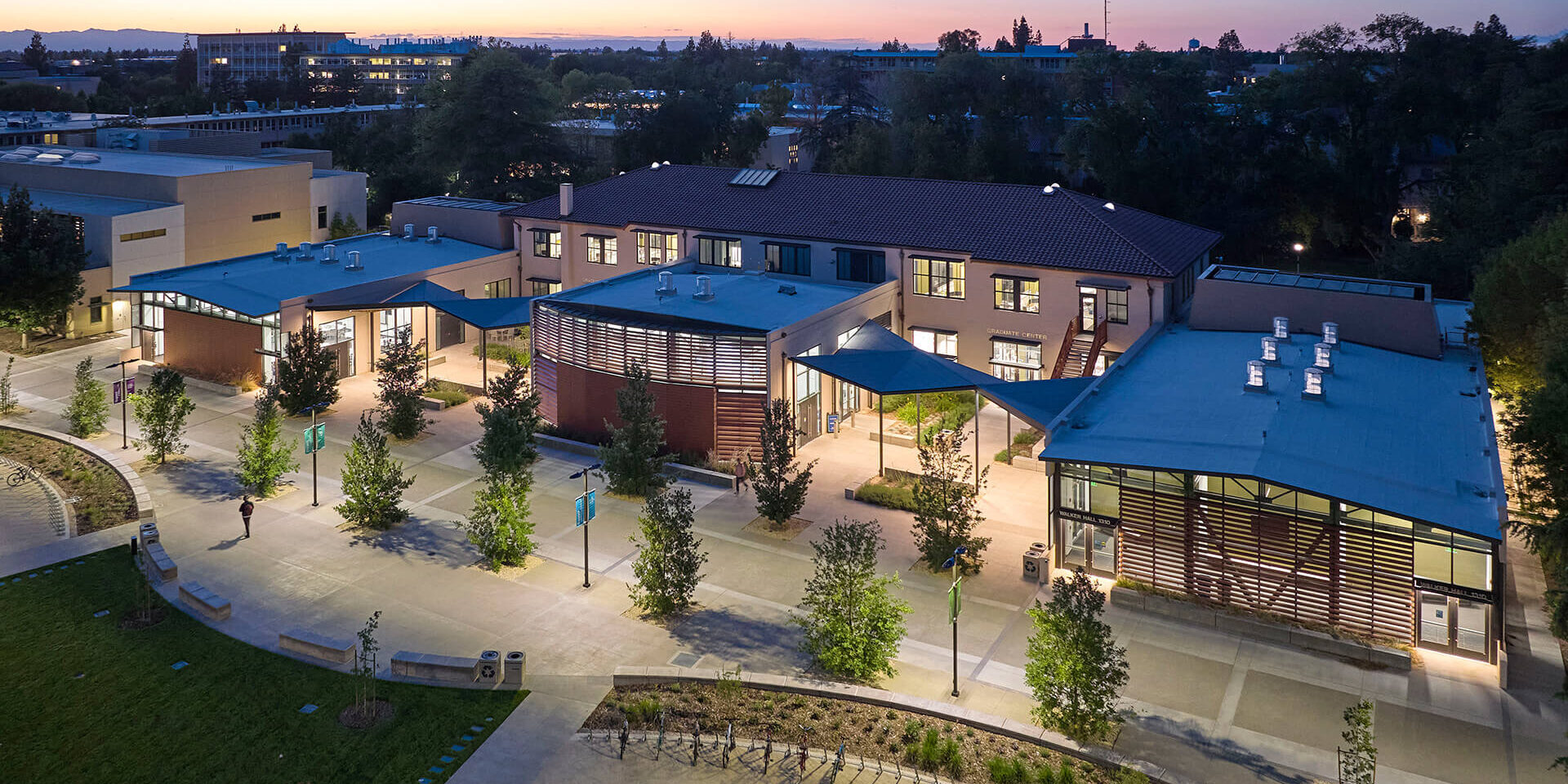Vibrant hub
Walker Hall is an adaptive reuse of a 1927 building at the core of the University of California, Davis campus. The project transforms a vacant, seismically unsafe building into a graduate and professional student center with meeting rooms, a lecture hall, and active-learning classrooms that serve the entire campus.
Design Philosophy
Walker Hall exemplifies the power of revitalization by transforming an abandoned into a vibrant academic and social center. The project preserves the character of the 1927 structure while introducing modern learning environments, symbolizing continuity between the university’s history and its forward-looking academic vision.

Spatial Organization
The original two-story north wing now houses student lounges, meeting areas, and offices. The three southern wings, formerly used for agricultural engineering workshops, have been repurposed into a lecture hall and two flexible classrooms. The redesign establishes a clear hierarchy between community spaces and academic functions, ensuring seamless movement through the building.
The project supports graduate students’ academic and personal growth with spaces for mentoring, advising, and social interaction. The flexible learning rooms integrate advanced media technologies, turning former machine shops into dynamic “toolboxes” for contemporary, interdisciplinary education.

Materials & Sustainability
Original structural elements such as steel trusses, concrete columns, and finishes were retained and highlighted. New facades, solar collectors, and steel shading devices express a dialogue between the industrial heritage of the building and its new sustainable identity.
The design responds to the hot, dry climate of California’s Central Valley with shaded openings and efficient systems. The building connects to the campus through visible transparency and sustainable performance, achieving LEED Platinum certification and zero net electricity use.






